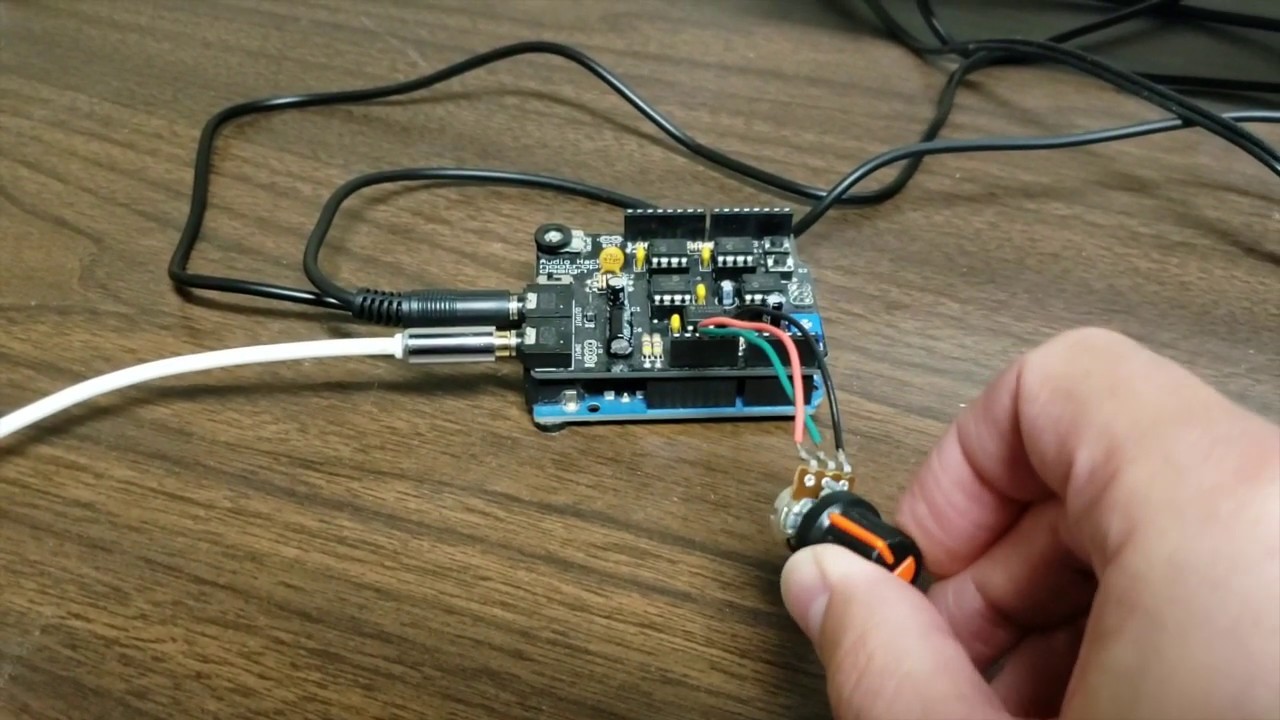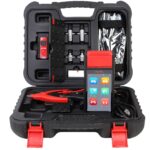Creating a convincing Warhammer 40k Tech Priest cosplay requires more than just fabric and plastic. The intricate details, especially the mechanical augmentations, often involve electronics and, crucially, soldering. This guide explores the soldering skills and electronic components needed to bring a Tech Priest cosplay to life.
From LEDs to Servos: Soldering for Cosplay Augmentations
While basic soldering experience with LEDs and wires is a good starting point, a Tech Priest cosplay demands a deeper dive into electronics. The goal is to create functional, visually impressive augmentations. This project breaks down into two primary components: a movable servo arm and a voice modulator.
Soldering a Servo-Controlled Arm
The first challenge involves creating a posable servo arm, ideally controlled by a joystick-like mechanism mounted on a vambrace. The arm itself could be a simple plastic structure with gripping claws. Functionality ranges from basic forward and backward movement to full 360-degree rotation and articulation for more expressive gestures. This requires soldering connections between the servo motor, the control mechanism, and the power source. Precise soldering is essential to ensure reliable connections and smooth servo operation.
Building a Voice Modulator: Soldering and Sound
The second component, a voice modulator, necessitates more advanced soldering skills. The desired effect is a robotic, tech-enhanced voice reminiscent of the Adeptus Mechanicus. While pre-built voice modulators exist, building one from scratch offers greater customization.
One option involves utilizing a Raspberry Pi or Arduino microcontroller. The “Audio Hacker” shield, which requires careful soldering of components, provides the necessary audio processing capabilities. This involves soldering intricate connections to ensure clear audio input and output.

Choosing the Right Platform: Arduino vs. Raspberry Pi
A key decision involves selecting the appropriate platform for controlling both the servo arm and the voice modulator. A single Arduino might suffice for simpler functionalities, requiring precise soldering to maximize its limited processing power. However, a Raspberry Pi, with its greater processing capacity and flexibility, might be necessary for more complex control schemes and advanced audio modulation. This choice impacts the complexity of the soldering required, as the Raspberry Pi generally involves more intricate connections.
Mastering the Soldering Iron: Resources and Guidance
Successfully completing this project demands a solid understanding of soldering techniques. Online resources, tutorials, and communities dedicated to electronics and cosplay provide invaluable guidance. Researching specific soldering techniques for microcontrollers, audio components, and servo motors is crucial.
Conclusion: Soldering Your Way to Tech Priest Perfection
Building a truly impressive Tech Priest cosplay requires venturing beyond basic crafting skills and embracing the world of electronics and soldering. While challenging, the reward is a unique and functional costume that accurately reflects the technological prowess of the Adeptus Mechanicus. With careful planning, research, and meticulous soldering, even a novice can achieve impressive results. Remember, the Omnissiah favors the diligent.

